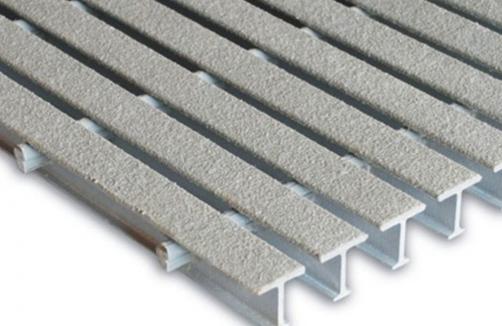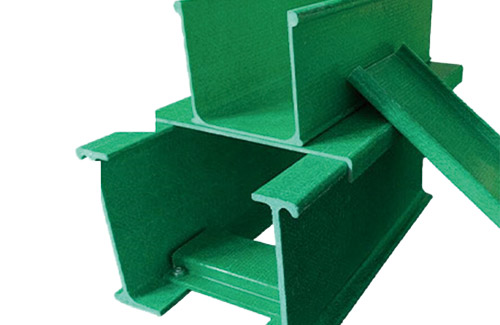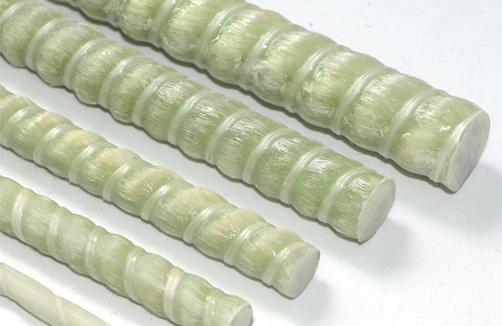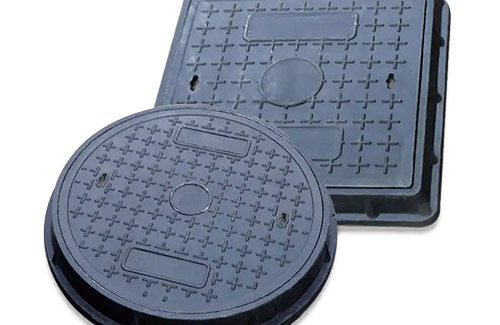I trust many people who have been using fiberglass grilles for a long time and have a clear understanding of some of its issues. There is a problem during this process called reflection cracks, which is a headache for us and is related to product quality. So, how can we handle this issue?
In general, the use of fiberglass grilles can enhance the overall tensile strength of asphalt mixtures, effectively improve the stress distribution of pavement structures, resist and delay the occurrence of reflective cracks on asphalt concrete pavement caused by bottom layer cracks, and thus advance the service life of the pavement.
In response to this situation, based on the cessation of practical induction and evidence, it was ultimately decided to arrange a fiberglass grid reinforcement layer on the old lime concrete pavement, and then lay a asphalt concrete surface layer on it. The road surface paved in that way is significantly effective in preventing reflection of underlying cracks, reducing road tracks, and extending road life. Fiberglass grilles have characteristics such as high tensile strength, low elongation, no creep, good compatibility with asphalt mixtures, stable physical and chemical properties, low temperature resistance, strong interlocking and restricted construction. Their non essential function is to uniformly transmit axial loads and shift the stress of reflective cracks from vertical to horizontal positions.
To prevent the occurrence of reflective cracks, overseas countries often adopt the method of thickening the asphalt layer. However, relying on simplicity to increase the thickness of the overlay layer has its drawbacks: firstly, increasing the range of overlay layer thickness is limited by the road lift, and secondly, increasing the width of the overlay layer thickness will inevitably increase the road cost. Moreover, under low temperature conditions in winter, asphalt mixtures are prone to track ruts due to low-temperature creep, which results in the downwind of the strong foundation thin surface caused by the old lime concrete slab as the bottom layer. Therefore, the method of thickening the asphalt overlay layer is not feasible.








